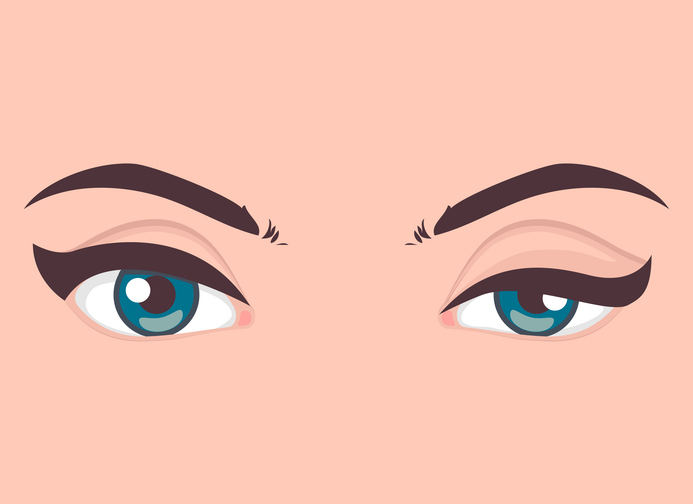Tips for a Smooth Neck Lift Recovery
A neck lift is a popular way to enhance the appearance of one’s neck and achieve a more youthful look. It reduces sagging skin, tightens underlying muscles, and smooths the skin. It is ideal for middle-aged people, as the neck is usually one of the first body parts where the first signs of aging appear. Just like any other surgery, a neck lift exposes you to risks and possible complications. However, this should not deter you from achieving the look you want. You can minimize the risks by seeking the service of a board-certified surgeon who is experienced in providing personalized plastic surgery in Beverly Hills. You should also note that recovery from this type of procedure usually lasts two weeks, and the first week can naturally be uncomfortable. If you are wondering if there is something you can do to minimize discomfort, reduce the risk of complications, and help you enjoy your new look sooner, here are some tips for a smooth neck lift recovery.
Tips for a Smooth Neck Lift Recovery
Follow Your Surgeon’s Instructions
Following your surgeon’s instruction is an essential first step towards a smooth recovery process. Make sure you understand your surgeon’s post-operative care instructions and follow them meticulously. The instructions may include care for your incisions, medications to take or to avoid, and limitations on activities. You should ask for clarification if there is something you do not understand. Remember that these instructions are specially tailored to your procedure, circumstances, and medical history, so if you know someone who has also undergone this procedure, do not be surprised if your instructions are different from the ones given to them.
Rest
Your body needs time to heal. Take time off from work if you can. It is important to prioritize rest and free yourself from the unnecessary burden of chores. Remember that overexertion may lead to complications like increased swelling or delayed healing. Arrange for someone to help you with cooking, washing, and cleaning during your recovery. Sleep as much as you can, as sleep not only supports immunity but also helps your body fight infections.
Elevate Your Head
Keep your head elevated even when sleeping to reduce swelling and prevent seroma—fluid accumulating at the incision site. Use extra pillows to prop your head up, and avoid lying flat on your back.
Manage Swelling and Bruising
Although swelling and bruising are normal during recovery, you can minimize their severity. During the first 48 hours after your surgery, apply a cold compress to your neck to reduce swelling. Your surgeon will likely tell you when and for how long to apply the cold compress. They may also prescribe medications to help you manage your pain and to reduce inflammation. Make sure that you only take medications prescribed by your surgeon and take them as directed. If you require medications for a medical condition, make sure this is discussed with your surgeon during your initial consultation so they can plan accordingly. If, by chance, you forgot to inform your surgeon pre-surgery of your medications, remember to inform them before you go home from surgery. The internal interactions between some medications can be fatal, so you must speak with your surgeon about all of your prescriptions.
Avoid Strenuous Activities
Stay away from activities that can strain your neck or increase your blood pressure. This means no heavy lifting, vigorous exercise, bending over, or anything that requires you to exert significant physical effort. Be extra careful when turning your head to avoid straining the neck muscles. Keep in mind that light walking and gentle movements are fine and promote circulation, thereby reducing the risk of blood clots. Always ask your surgeon before you resume any form of physical activity or workout.
Stay Hydrated and Maintain a Healthy Diet
Keep yourself hydrated by drinking at least eight glasses of water a day. This will not only help reduce swelling but also flush out toxins and promote healthy skin. However, caffeine and alcohol can dehydrate your body and may interfere with the healing process, so you should abstain from them for the time being.
Get proper nutrition. Eat foods rich in vitamins and minerals to ensure that your body gets the nutrients it needs to repair tissues. Berries, leafy greens, and other foods rich in antioxidants can help reduce inflammation and support your body’s overall recovery.
Attend Follow-Up Appointments
Follow the schedule of your post-operative visits to your surgeon. Follow-up sessions allow doctors to monitor your progress and ensure that you are healing as expected. These appointments also allow your surgeon to make the necessary adjustments to your post-operative care plan to address possible concerns.
Consult a Licensed Surgeon Today
Recovery from surgery takes time, patience, and proper care. By following these tips and your surgeon’s post-operative instructions, you can ensure a smooth recovery process and enjoy the full benefits of your procedure. If you are considering a neck lift in Beverly Hills, now is the perfect time to contact us. Our team will ensure a safe and personalized procedure that will provide you with stunning results and leave you feeling young and confident.









